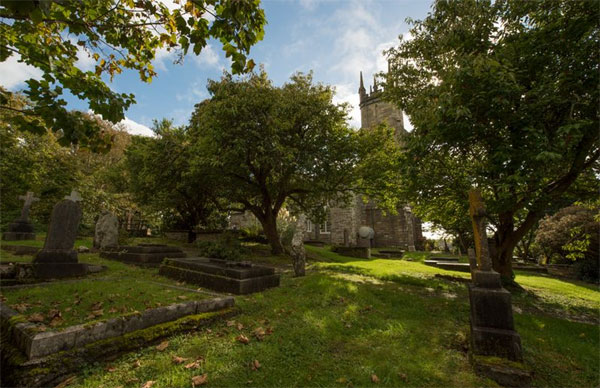
Cork is home to magnificent gardens and great houses of real historical significance, reflecting our storied past, our long history of trade and maritime wealth and the people, influences, and cultures which washed up on our Atlantic shores.
See some of the best over five days, starting at one of the great Irish country houses on the outskirts of the city before heading west into the fuchsia-lined lanes of West Cork, where surprising micro-climates and the warmth of the Gulf-Stream allow sub-tropical plants to flourish.
The gardens and country houses of West Cork are romantic, lush, often hidden away in the sheltered folds of what can be a harsh landscape. They are there to delight and discover.
(For further information including a full list of West Cork gardens, wildflower trails, walks and accommodation options, visit the West Cork Garden Trail website)
Arrive in Cork – and travel to Fota House . This magnificent Regency-era Great Country House is one of the heritage jewels of Cork and it is located on the harbour just outside the city.
Fota House is a remarkable survivor from a very different age and it has been restored and conserved by the Irish Heritage Trust.
The award winning farmyard garden, the great parklands and the arboretum, featuring exotic specimens brought back by the intrepid Victorian plant-hunters, are a delight to all the senses throughout the year.
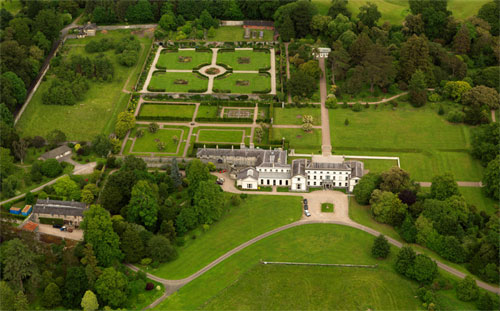
If you are looking for a base to explore West Cork’s gardens, head west to Skibbereen.
From Fota or the City, it’s 90kms or one hour and 45-minutes of relaxed driving.
“Skibb”, as it's known, is a great base for exploring this beautiful coast of wild beaches, great houses and hidden gardens.
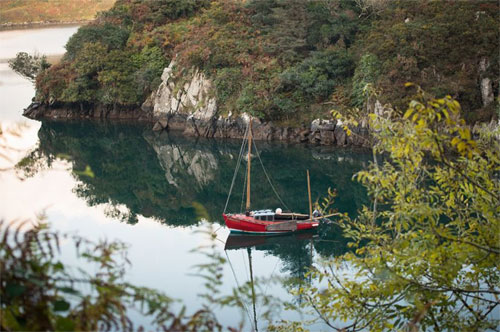
Some 5kms from Skibbereen. There could be no more dramatic way to immerse yourself into the sometimes other-worldly landscape of West Cork than by arriving at this unique marine lake.
Connected to the Atlantic by a narrow tidal channel, this inland salt-water “lake” fills with highly-oxygenated salt water twice a day, meaning it is home to marine plants and creatures including 72 different kinds of fish. You can hire boats on the lake and even take a moonlight paddle in a kayak .
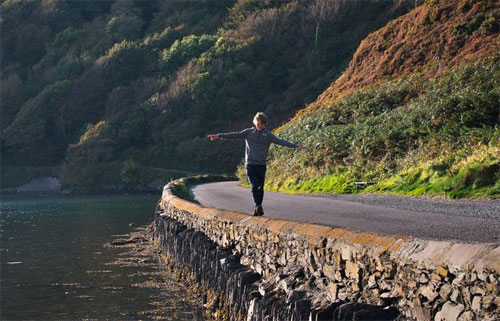
After the Lough, have a delicious seafood lunch at Casey's of Baltimore which has a superb outdoor terrace for amazing views across Roaring Water Bay
For more on West Cork Gardens click here
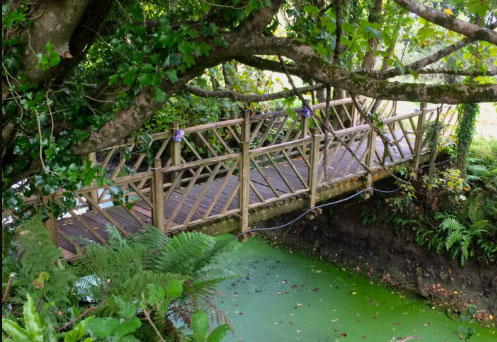
Morning travel 20 minutes by road to Baltimore and explore Inish Beg . This great estate on an island off the ancient fishing village of Baltimore has been brought back to its former glories in recent decades.
The 97-acres of gardens and woodlands are rich with history, colour and wildlife. Many visitors find it an enchanting place to stay or visit. There are 5kms of marked walking trails, so bring your hiking boots.

Baltimore to Bantry – Drive for 45 minutes to the old market and harbour town of Bantry and visit Bantry House – a grand Georgian Country home which was the seat of generations of the White family, including William, Viscount Berehaven, who did the Grand Tour of Europe in the 1820s and brought back treasures to fill the house and gardens.
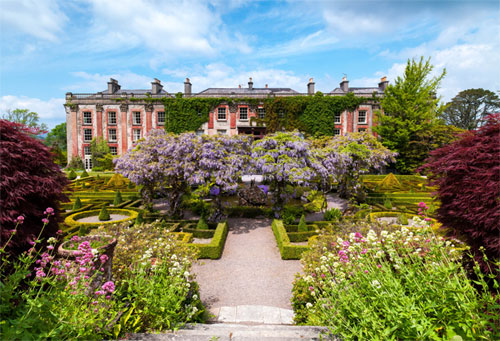
Begin your day in the Skibbereen Heritage Centre which offers much to those interested in the history of West Cork and especially the Great Famine, which devastated this remote region in the 1840s. The centre also offers resources to those tracing their genealogy with many old parish registers, estate records and census lists.
You could travel on to Garnish Island and take the short ferry out from Glengarriff to see these famous formal gardens, designed by architect Harold Peto. It’s a 45km drive through some gorgeous coastal countryside.
OR – Take a shorter, 15km drive to Baltimore for lunch and then walk the few steps from your table to Dún na Séad Castle, the 13th century fortified tower which was the power-base of the O’Driscoll clan for 300 years. The O’Driscolls were traders, pirates and sea-raiders who narrowly escaped capture themselves when North African corsairs raided the town in 1631 and carried off virtually the entire village population, 107 men, women and children, to slavery in North Africa. For a fascinating read of this true story of Corsairs and slave-raiders on the Irish Coast, you could put a copy of The Stolen Village by Des Ekin into your travelling bag.

No trip to this region should leave out the much-loved Sky Garden at Liss Ard Estate outside Skibbereen. Here, within 150 acres of gardens, water features and woodlands, you will find the Sky Garden designed by American artist and crafter of landscapes, James Turrell.
The artist conceived a giant, grass-lined crater in the West Cork landscape. And at its centre, a stone plinth where you can recline, facing skywards, and contemplate the clouds, the heavens, or your choice for this evening’s dinner.

Visit the village of Castletownshend, near Skibbereen and walk the 18 acres of wild woodlands and informal gardens of romantic Drishane House . Built by Sir Thomas Somerville in 1780, it was home to the great Anglo-Irish novelist Edith Somerville and remains in the hands of her descendants today.
Drishane does feel otherworldly, an English Georgian country estate washed up on the wild shores of south-west Ireland. The gardens can be stunning, especially in the Spring when vast beds of bluebells spread out over the informal woodlands. There are also spectacular views of the coast. You could easily lose a day here, in happy wandering.
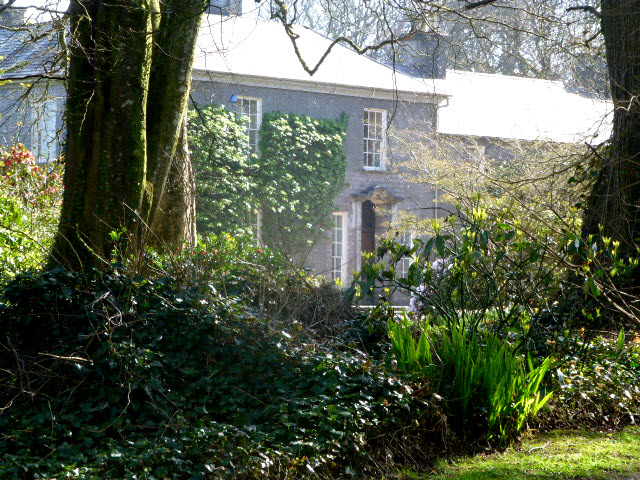
After seeing the house, visit St Barrahane’s Church, built in 1824, using local stone, at a total cost of £1,338. Count the steps to the church as you walk up them, 52, one for each Sunday of the year. However, the real jewels of St Barrahane’s are only revealed when you step inside, three stunning stained-glass windows by the renowned artist Harry Clarke.
Drishane House, St Barrahane’s and Castletownshend are very West Cork, an intriguing place of different influences and cultures, with great Anglo-Irish homes and gardens, tiny farms, wild West of Ireland seascapes and a long history of times of hunger and times of plenty.
